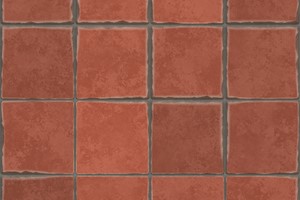Rainscreen cladding provides advantages such as thermal insulation, lightweight material, improved external appearance and acoustic performance of the buildings. The global rainscreen cladding market is driven by factors such increase in energy efficient buildings construction, exterior wall protection and increase in construction of nonresidential buildings such as offices and institutions in both developed and emerging markets. Increasing demand of eco-friendly buildings owing to stringent government regulations and rising awareness regarding environmental degradation will also help to increase the demand by 2021.
Urbanization, rise in standard of living and high disposable income is expected to drive the construction of offices, residential buildings and industries in the developing nations which will fuel the growth of rainscreen cladding market. The key constraints of this market are high installation costs and complex maintenance.


The rainscreen cladding market is segmented on the basis of raw materials as fiber cements, composites, metal, high-pressure laminates, terracotta, ceramic and others. Terracotta is one of the principle raw materials used in rainscreen cladding owing to its long lasting natural color, durability, sustainability and reputation for moisture resistance in various construction applications. The U.S. terracotta cladding market is expected to reach USD711.1 million by 2022, according to a recent report by Grand View Research. Increasing refurbishment and renovation projects in both the residential & commercial sectors are a vital determinant for industry growth. In addition, economic recovery & technological advancements have ushered in innovative panels that insulate buildings, while retaining heat & ambient conditions as required. This lowers the amount of energy spent on heating, cooling or air conditioning (HVAC), and fosters building compliance with energy standards, which is crucial to terracotta market growth.
The U.S. terracotta cladding market demand is expected to reach 17010.92 sq. meter by 2022, growing at a CAGR of 6 percent from 2015 to 2022. The increasing employment rate in the U.S., coupled with the expansion of existing company buildings to improve their regional presence is expected to drive terracotta cladding demand for office construction. Terracotta cladding in office applications is anticipated to grow at a CAGR of over 6 percent in terms of revenue from 2015 to 2022.
West South Central is anticipated to emerge as the fastest growing region with a CAGR of 7.3 percent over the forecast period. Increasing non-residential construction such as offices, hospitals, industrial and commercial construction in the region owing to escalated investments is anticipated to drive the industry. Meanwhile, high demand for 'vertical homes' and increasing construction spending in states such as Iowa, Kansan and Minnesota is anticipated to be the key driving factor for growth in West North Central region.











